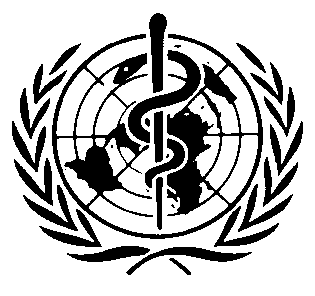International Chemical Safety Cards
| DIETHYLENE GLYCOL DIMETHYL ETHER | ICSC: 1357 |




Diglyme 1,1'-Oxybis(2-methoxyethane) Dimethyl carbitol DEGDME C6H14O3 / (CH3OCH2CH2)2O Molecular mass: 134.2  ICSC # 1357
ICSC # 1357CAS # 111-96-6 RTECS # KN3339000 UN # 1993 EC # 603-139-00-0 October 26, 2004 Peer reviewed |
| TYPES OF HAZARD/ EXPOSURE | ACUTE HAZARDS/ SYMPTOMS | PREVENTION |
FIRST AID/ FIRE FIGHTING |
| FIRE |
Flammable.
|
NO open flames, NO sparks, and NO smoking.
|
Powder, water spray, foam, carbon dioxide.
|
| EXPLOSION |
Above 51°C explosive vapour/air mixtures may be formed.
|
Above 51°C use a closed system, ventilation.
|
In case of fire: keep drums, etc., cool by spraying with water.
|
| EXPOSURE |
|
AVOID ALL CONTACT!
|
|
| •INHALATION |
Cough.
Shortness of breath.
|
Ventilation, local exhaust, or breathing protection.
|
Fresh air, rest.
|
| •SKIN |
MAY BE ABSORBED!
Redness.
|
Protective gloves.
Protective clothing.
|
Remove contaminated clothes.
Rinse skin with plenty of water or shower.
|
| •EYES |
Redness.
Pain.
|
Safety spectacles.
|
First rinse with plenty of water for several minutes (remove contact lenses if easily possible), then take to a doctor.
|
| •INGESTION |
Burning sensation.
|
Do not eat, drink, or smoke during work.
|
Rinse mouth.
Give plenty of water to drink.
|
| SPILLAGE DISPOSAL | STORAGE | PACKAGING & LABELLING | ||
|
Remove all ignition sources.
Ventilation.
Collect leaking liquid in sealable containers.
Absorb remaining liquid in sand or inert absorbent and remove to safe place.
Personal protection:
filter respirator for organic gases and vapours.
|
Fireproof.
Separated from
strong oxidants.
|
T symbol R: 60-61-10-19 S: 53-45 UN Hazard Class: 3 UN Packing Group: III |
||
| SEE IMPORTANT INFORMATION ON BACK | ||||
|
||||